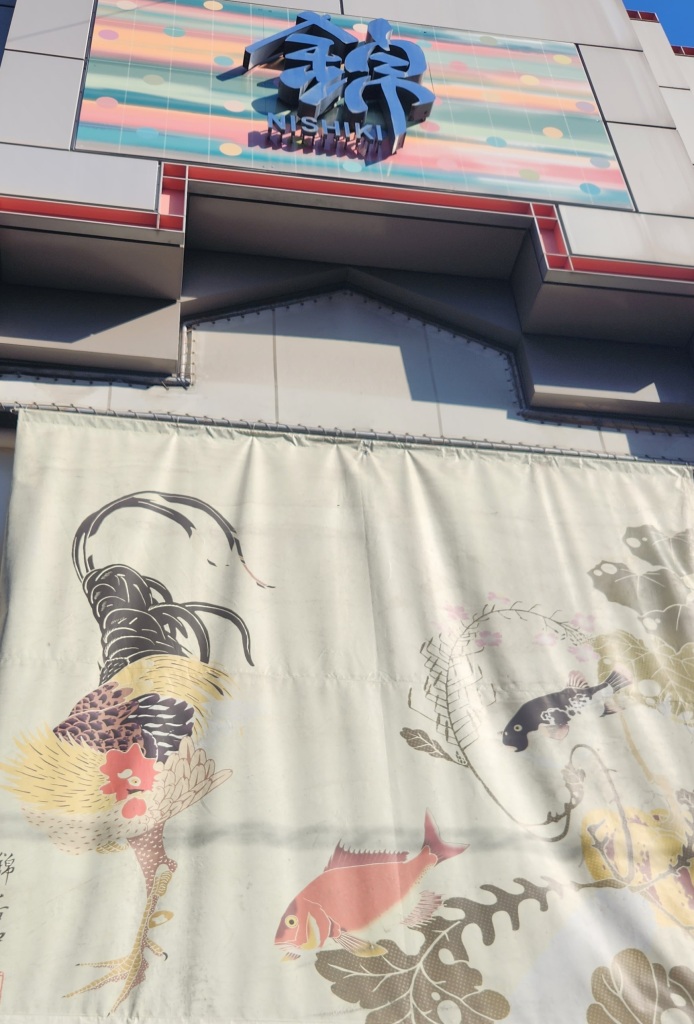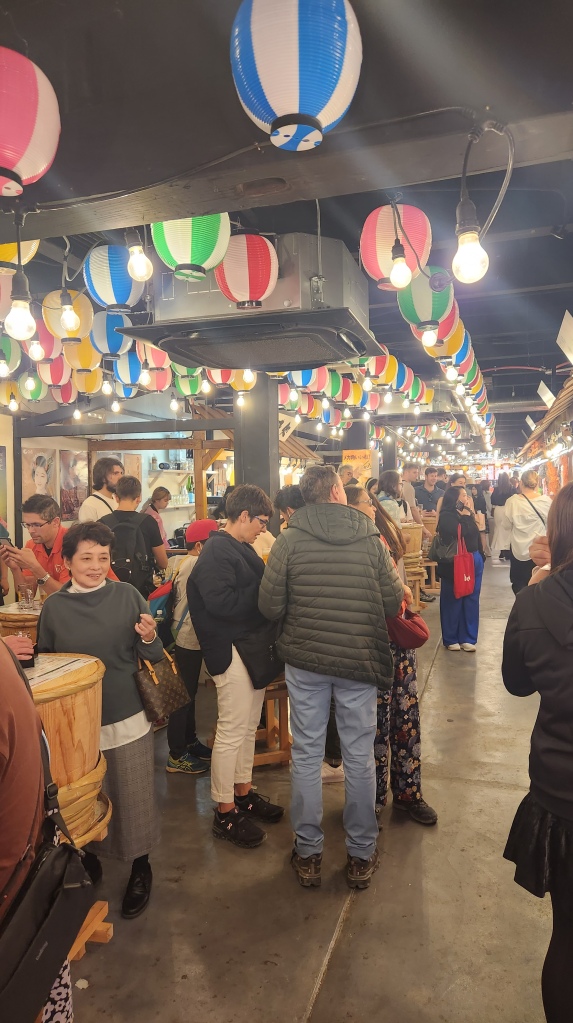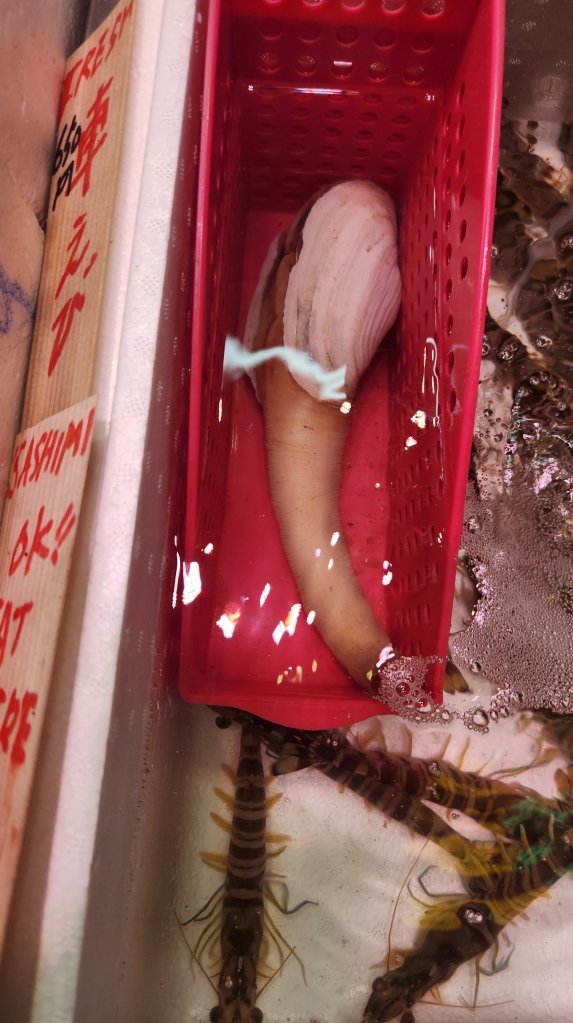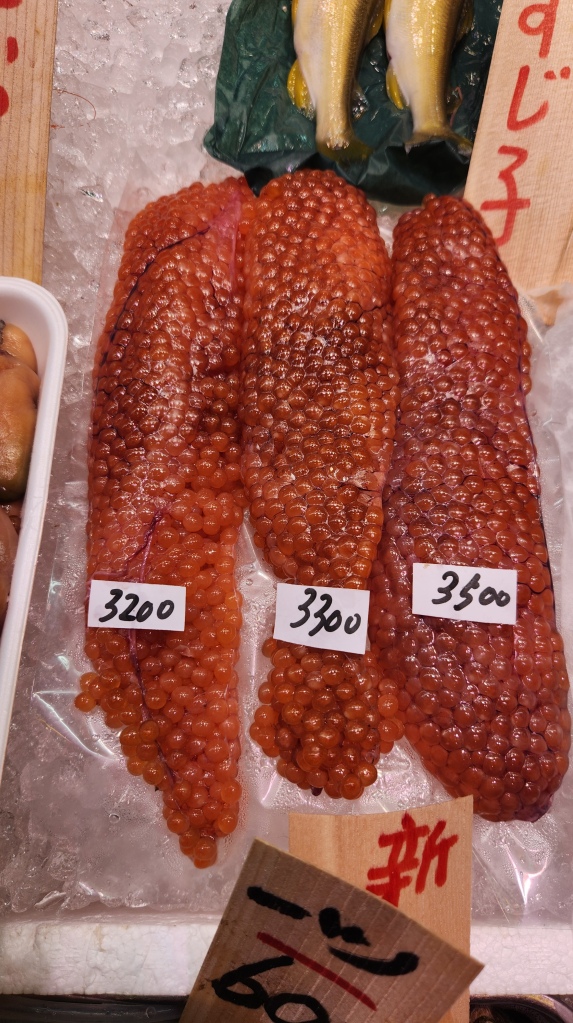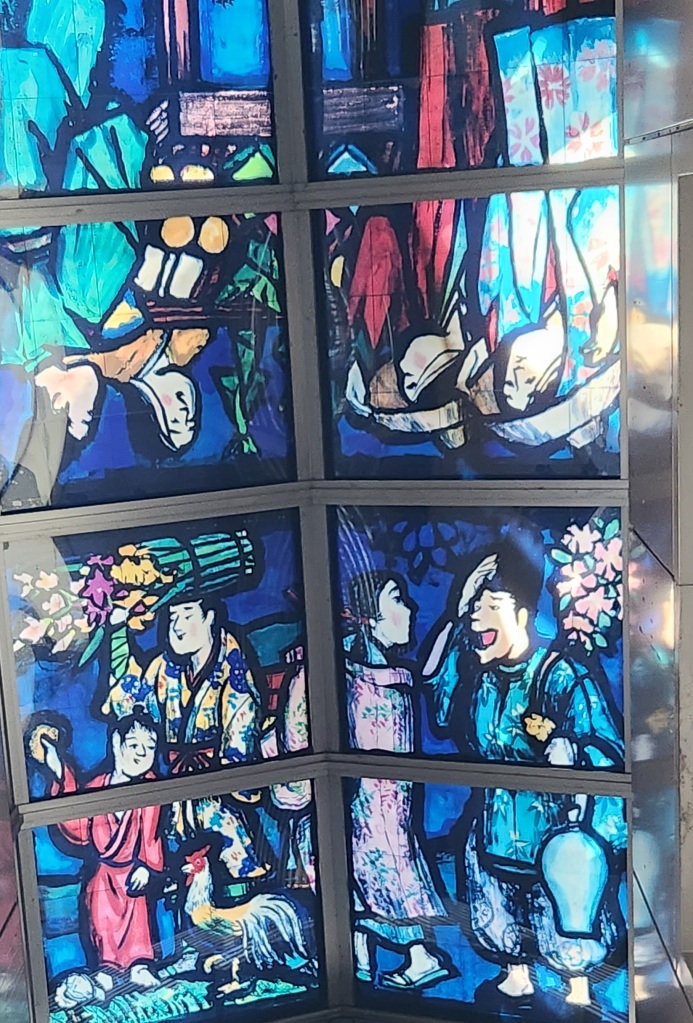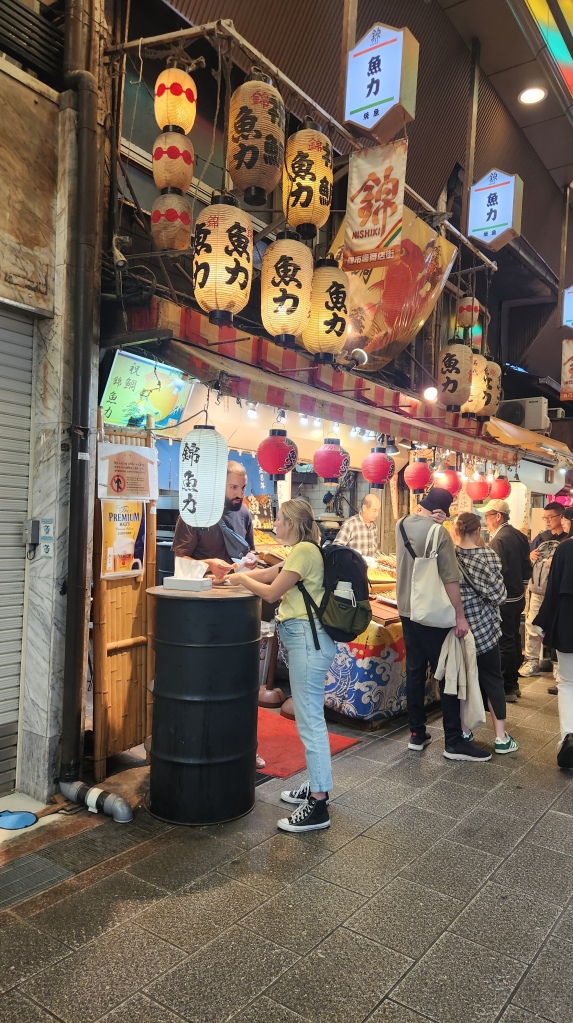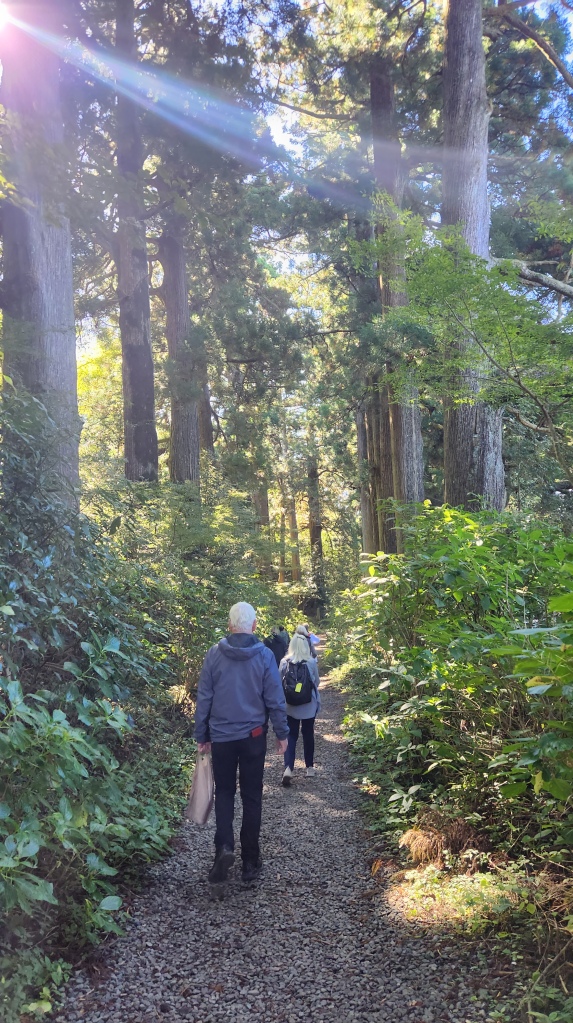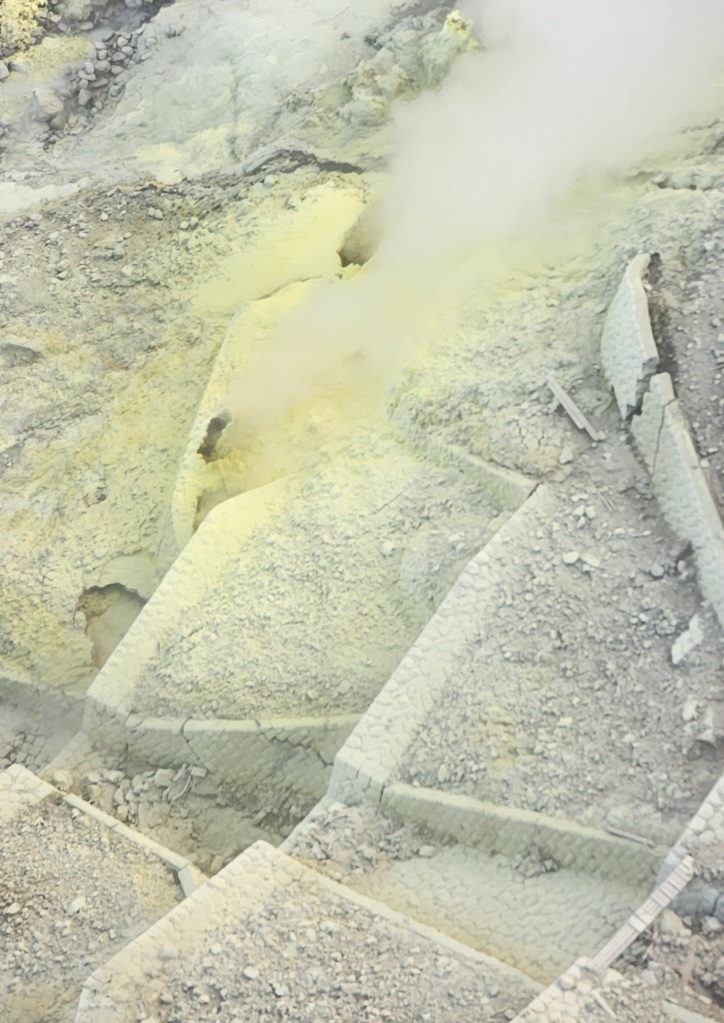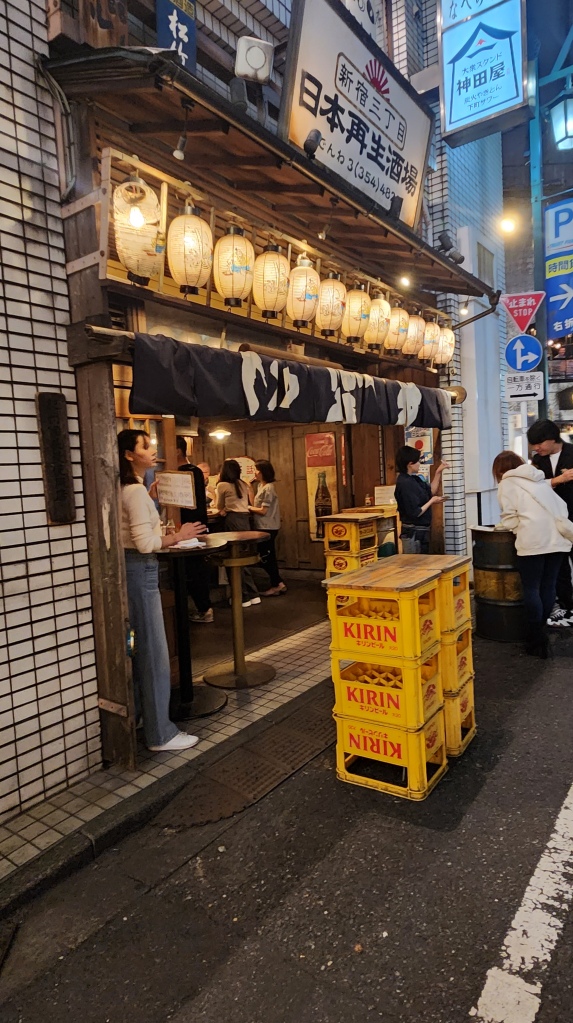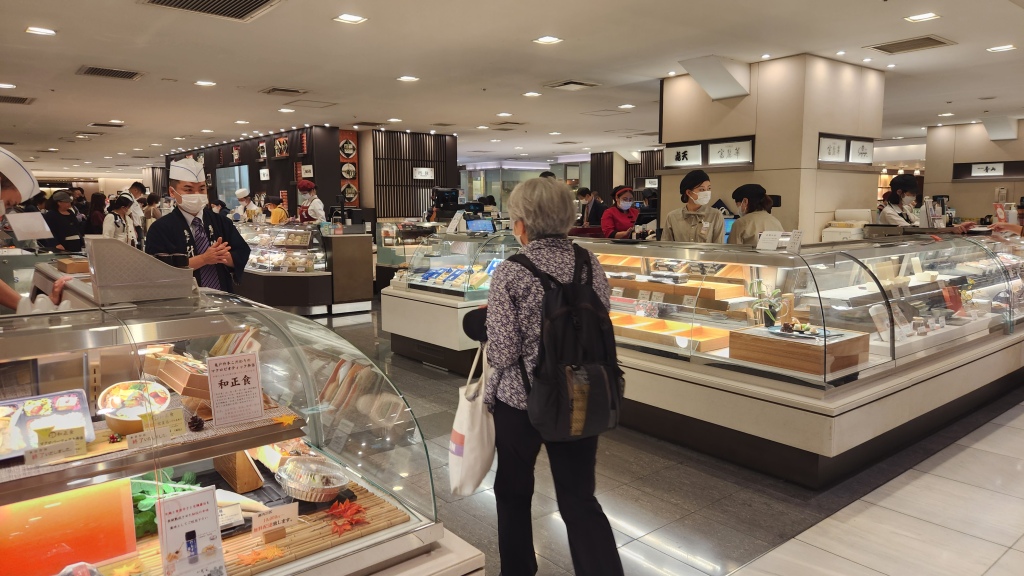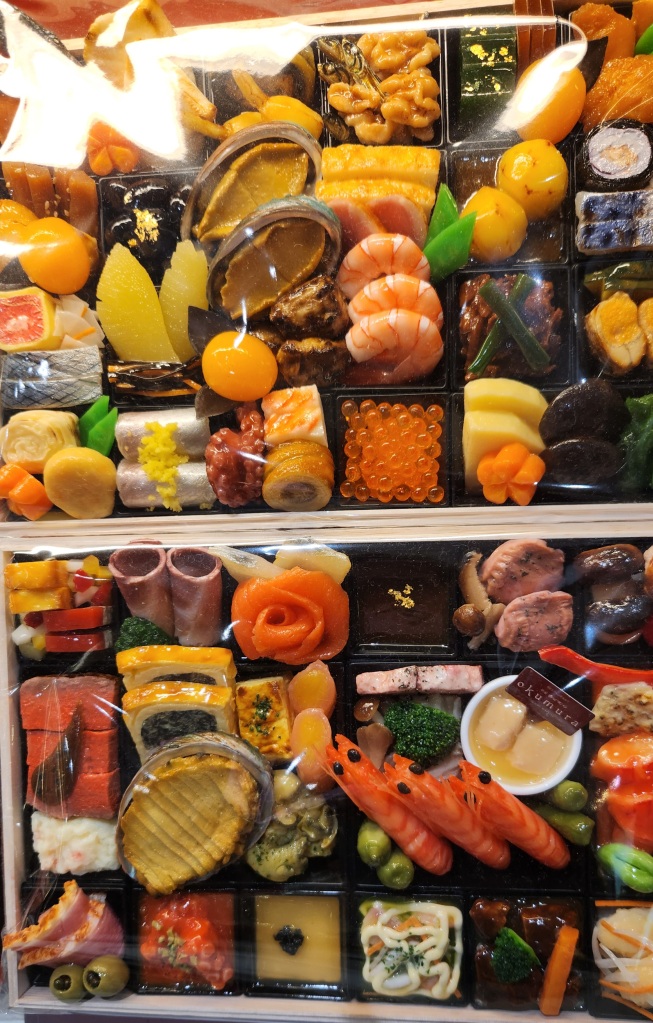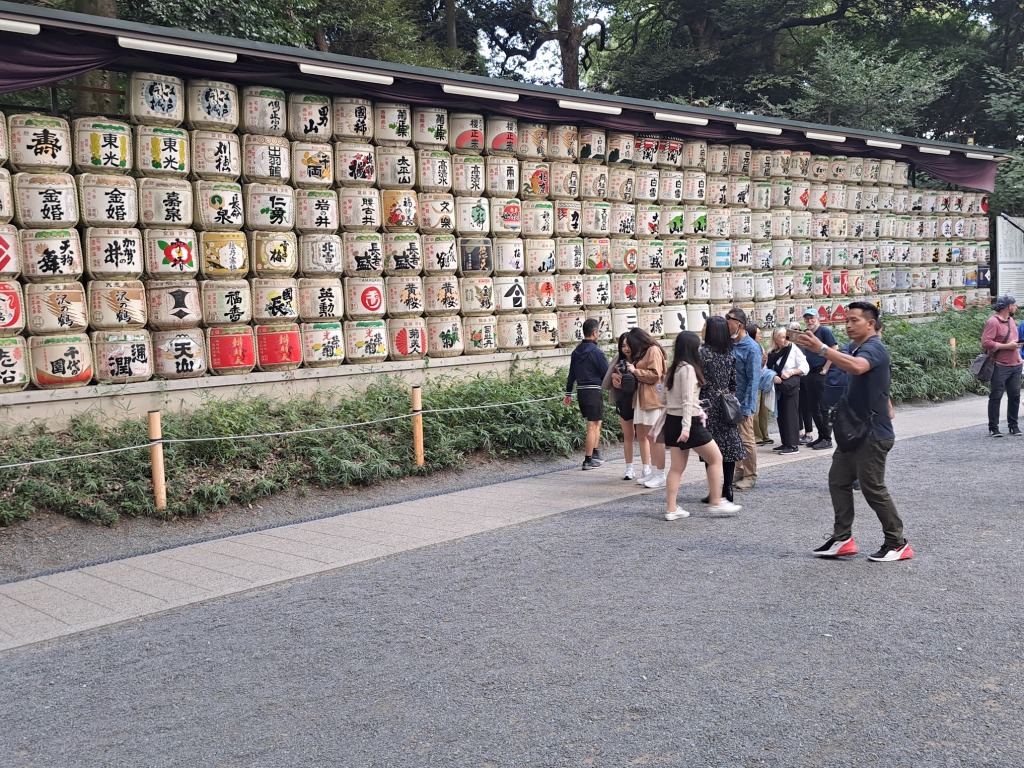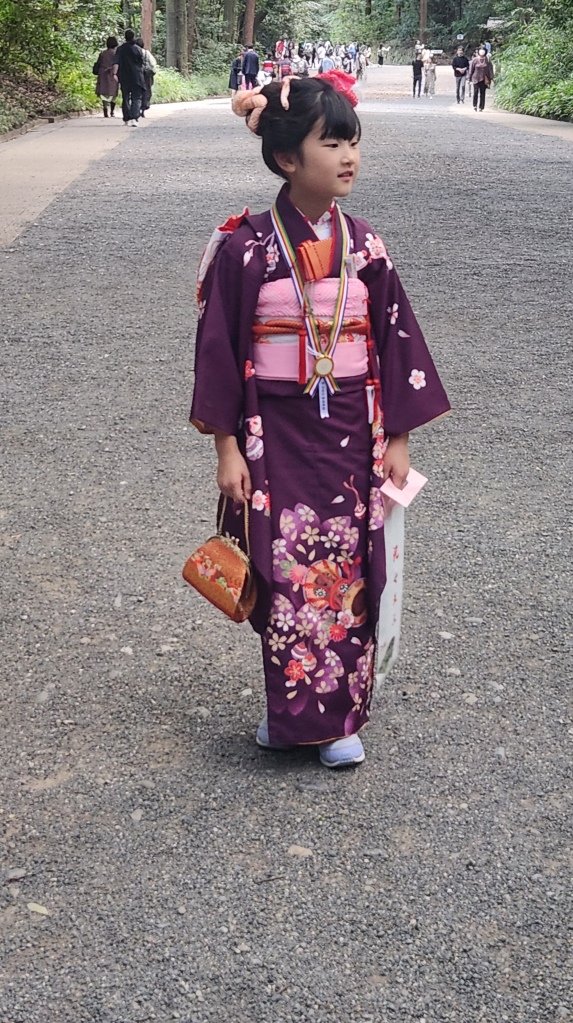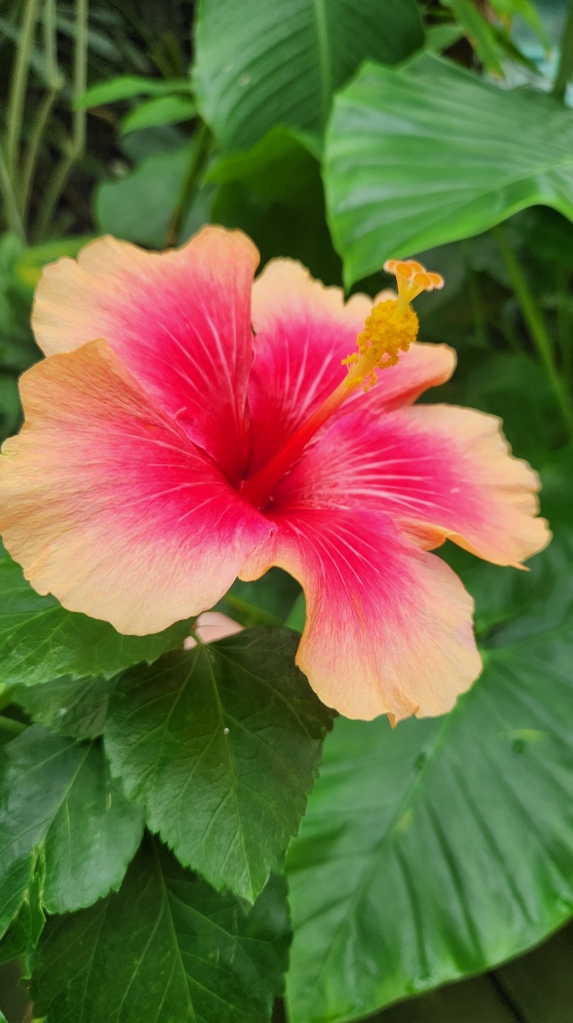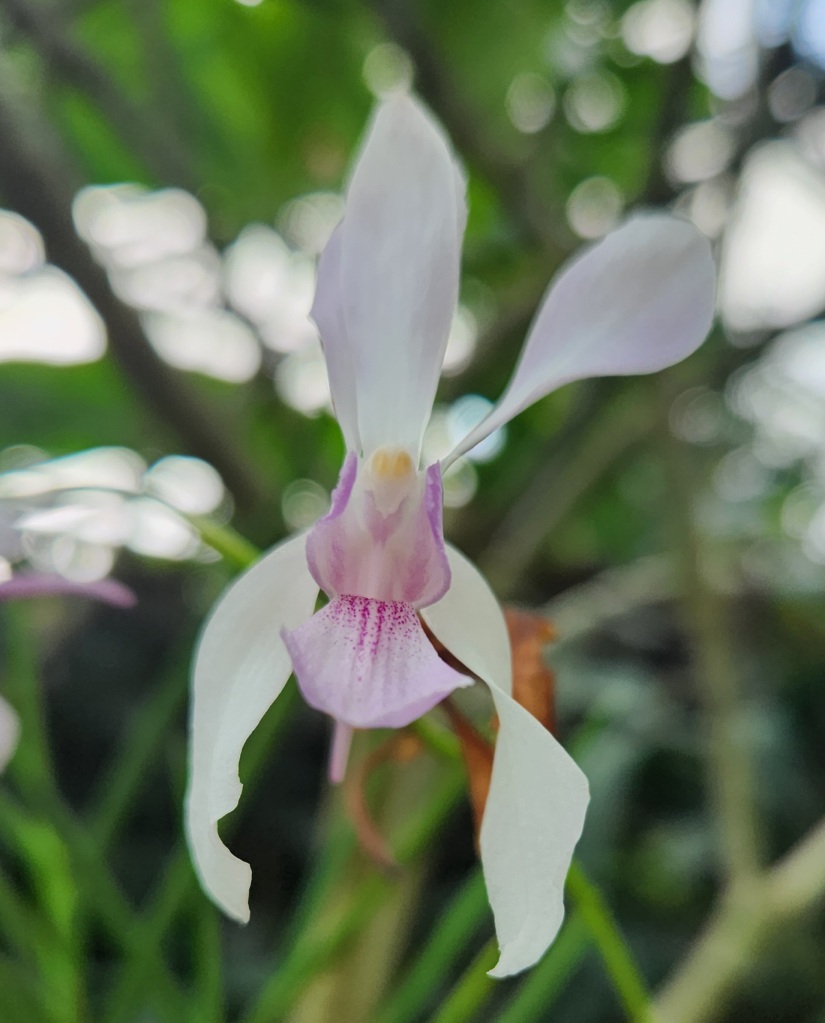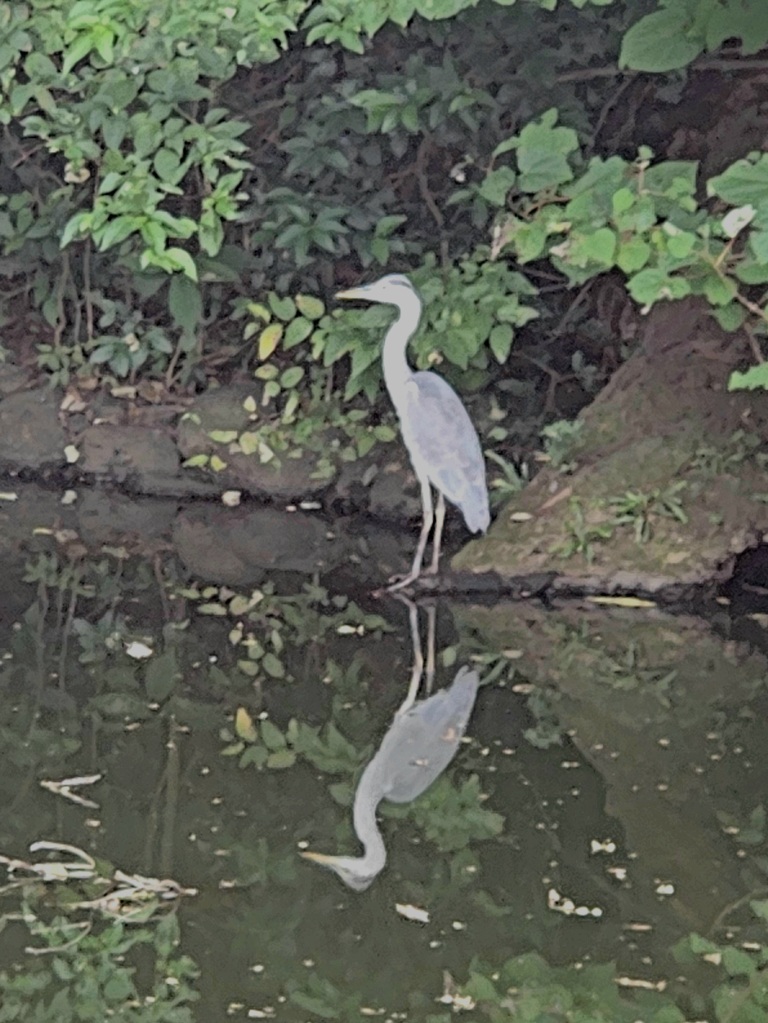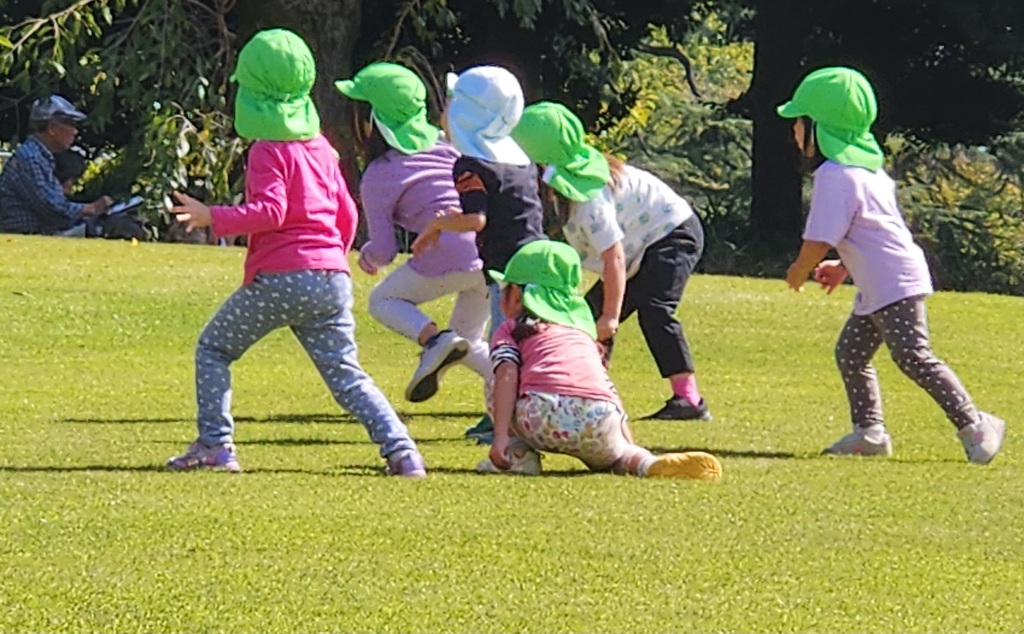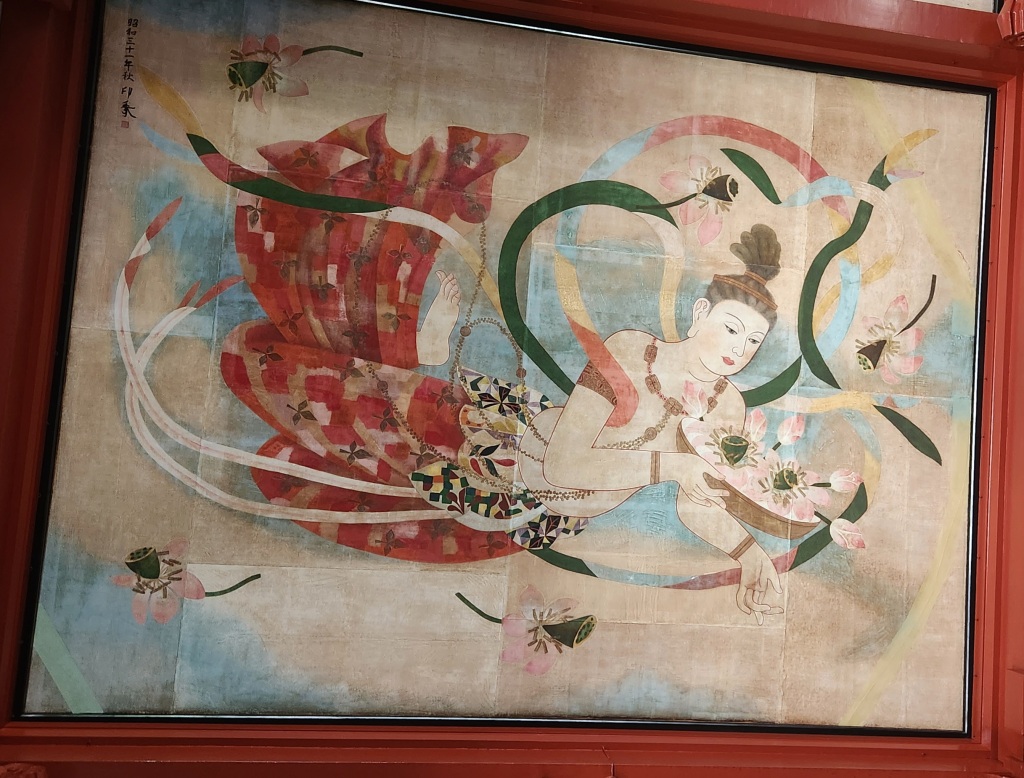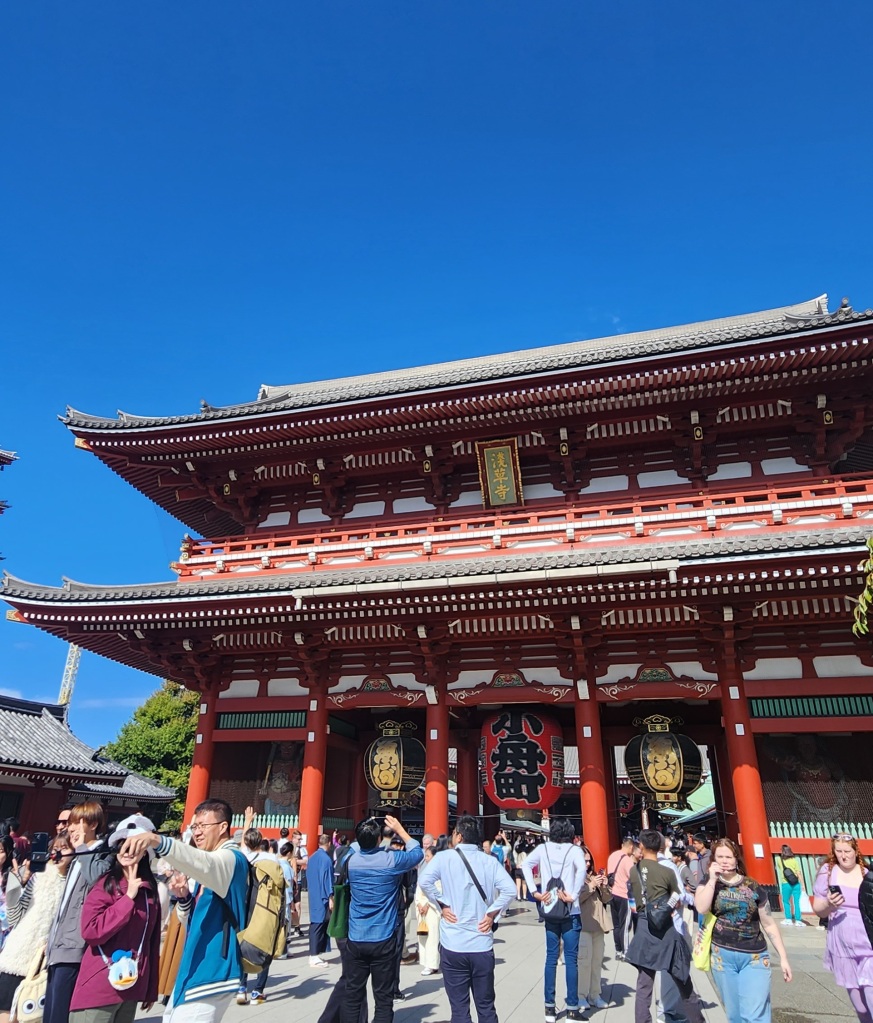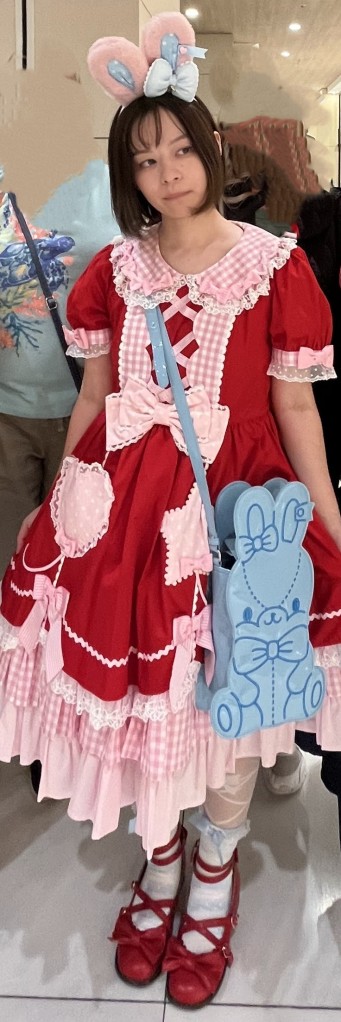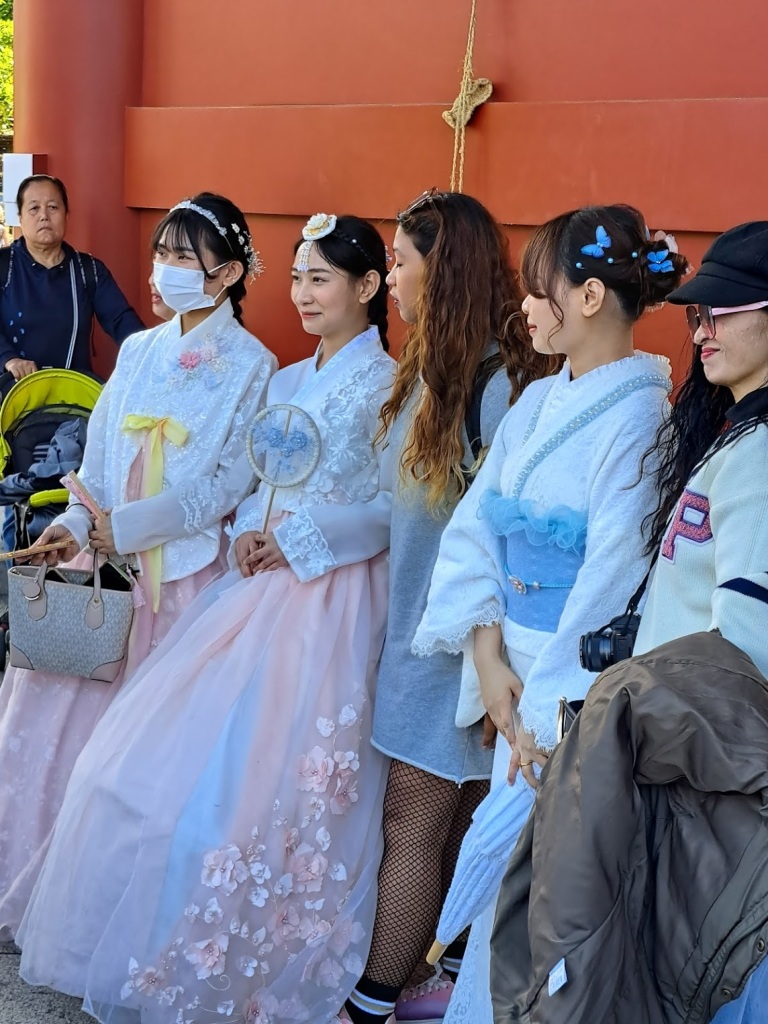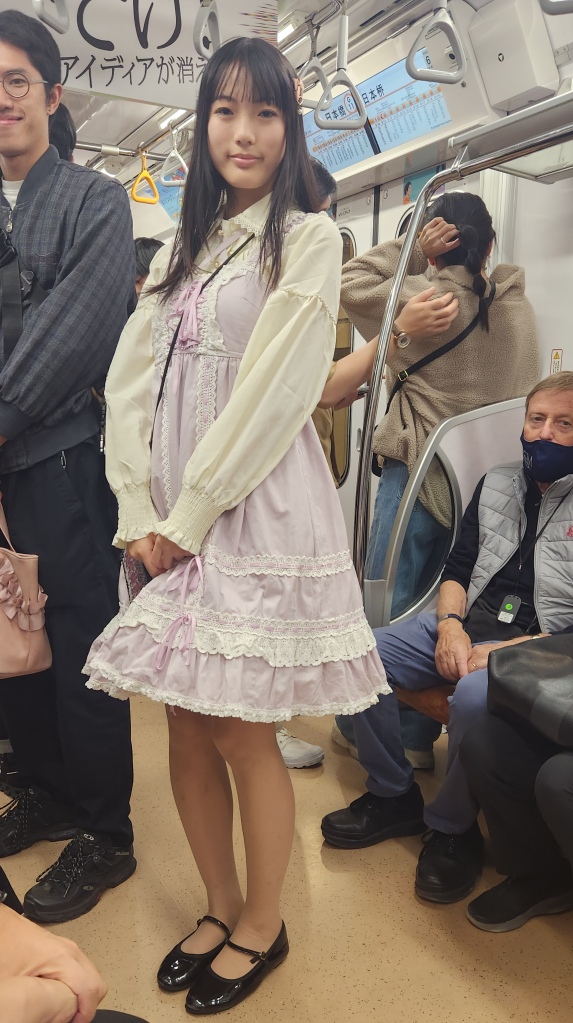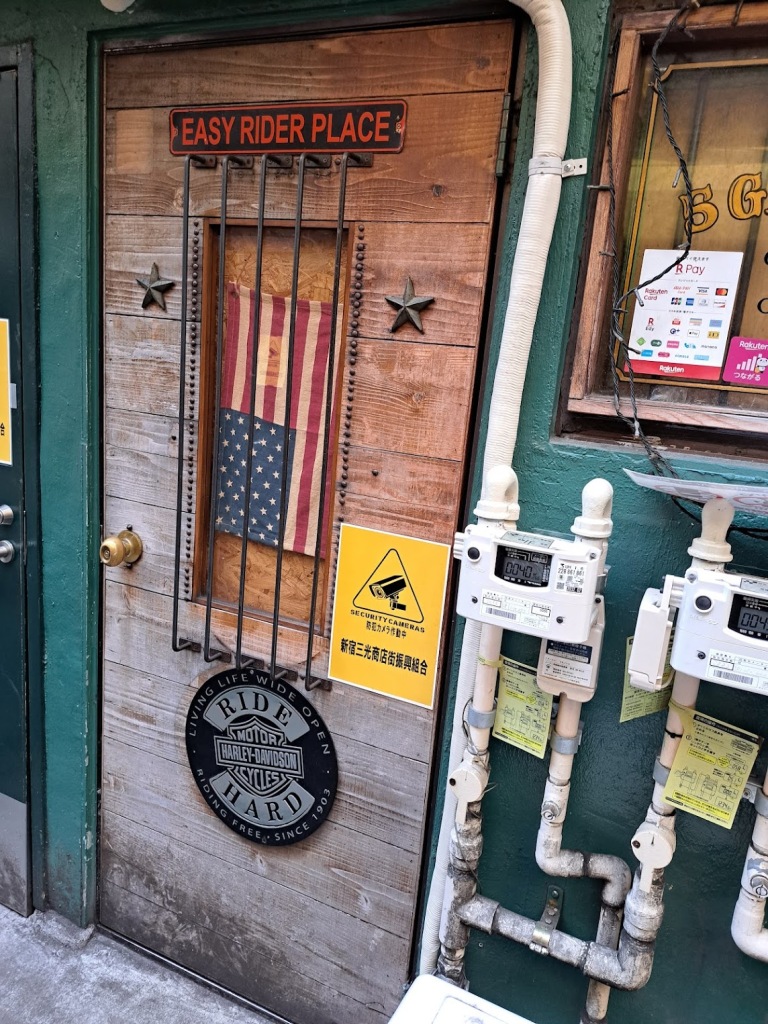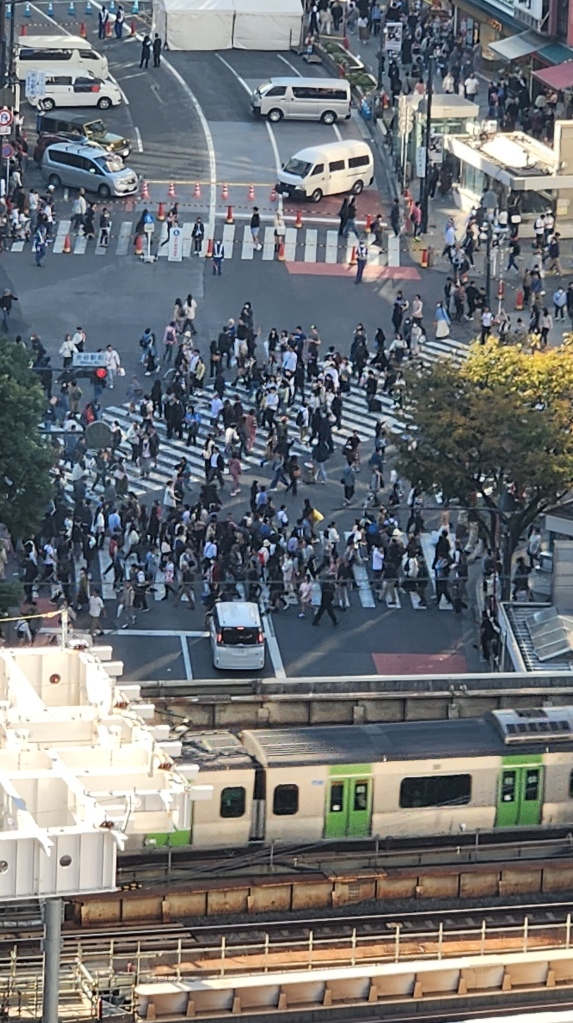Todaiju Temple:
The huge south gate is the main entrance to the temple, built in the Chinese style of the 12th century with a hip and gable roof. Eighteen giant pillars support the roof. Two statues of guardian dieties ( named Todai-ji or two kings) are on either side. The gate is quite impressive and I wasn’t surprised to learn that it’s the largest in Japan.

The Great Buddha hall ( 749 A.D.) is the largest wood building in the world. It burned twice–1180 and 1567. The height and depth of this building matches the origional, but it’s a bit smaller in length since funds were limited. The seated Buddha of light, knowledge and compassion is named Vairocana Buddha and He is fifty-two feet high. His teachings and mission are to save all living things, so when you walk around you’ll see insects and lotus pedals which remind the faithful that no person lives an isolated existense. Everything living dependents upon each other.



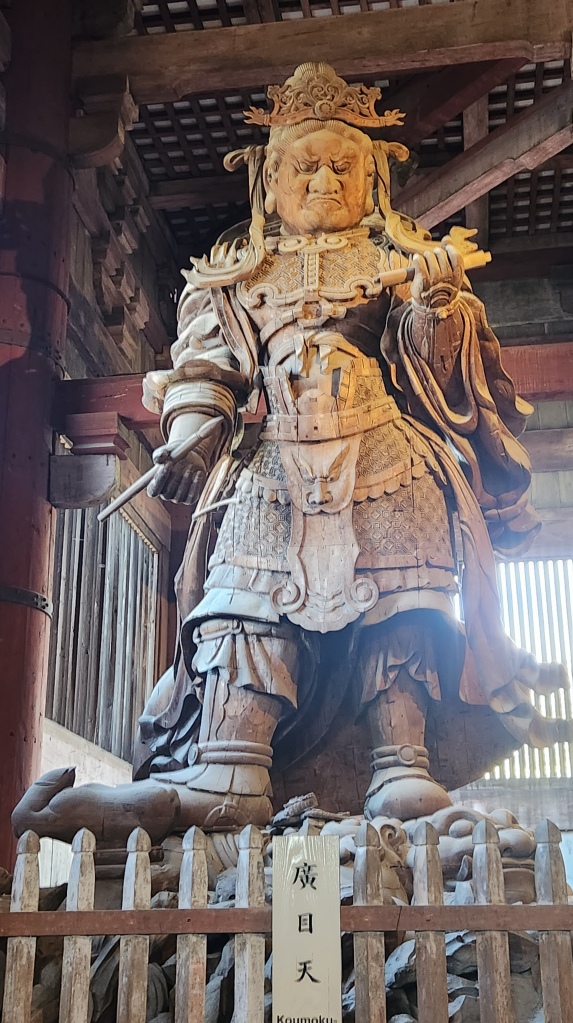
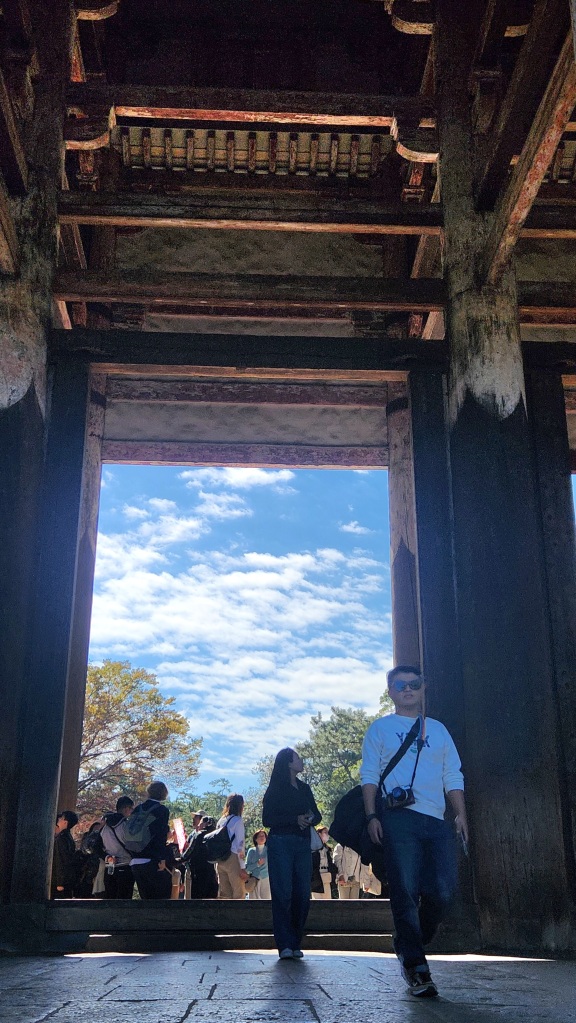

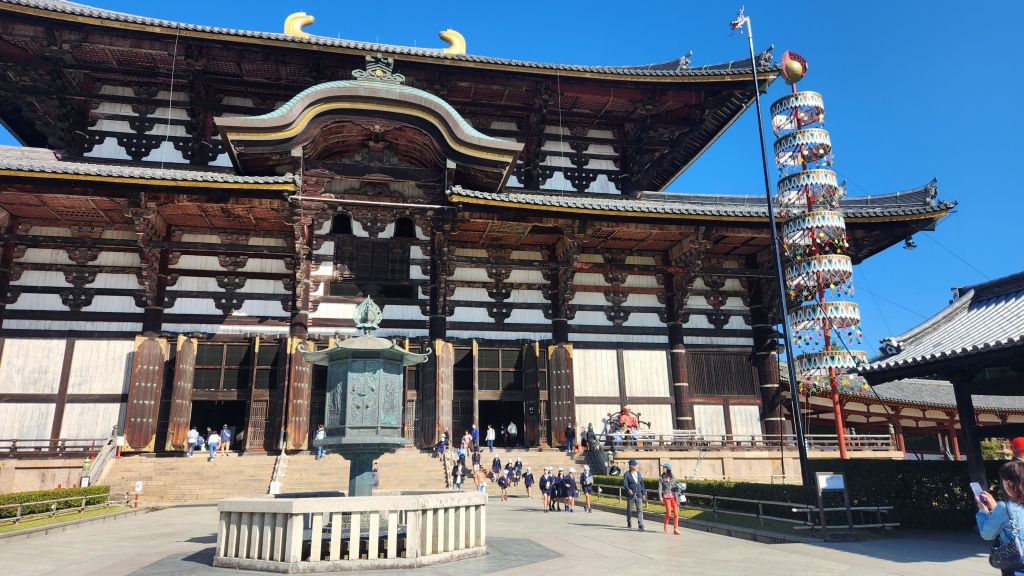
IMPERIAL PALACE–NIJO-J0 CASTLE
Construction was ccompleted on the palace in 1603 for the Shogun Ieyasu Tokugawa. One of the daughters of the 2nd Shogun became the consort of the emperor in 1620, creating a circle of power. In 1867, the feudal system and Japan’s 200 years of isolation from the world changed. The Shogun turned the castle over to Emperor Nijo as an imperial villa in 1867. His corronation occured here in 1915 and the main banquet hall was added as well as the south gate. This became a UNESCO world heritage site in 1994. There are six connected buildings that zig-zag around 33 rooms. All are beautifully decorated with stylized tigers, hawks, leopards, pines and cherry blossoms or scenes from all four seasons. There’s a walkway in the palace called the Nightingale corridor that sounds like birds singing. This is caused by clamps moving against nails. No pictures allowed inside the palace.

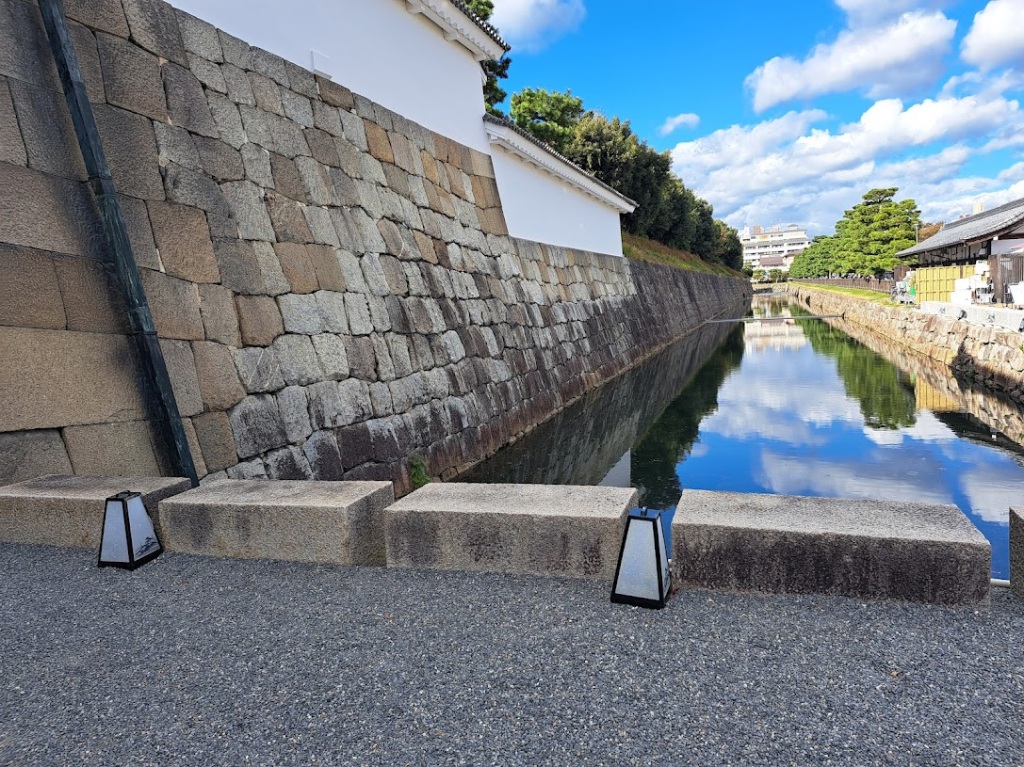




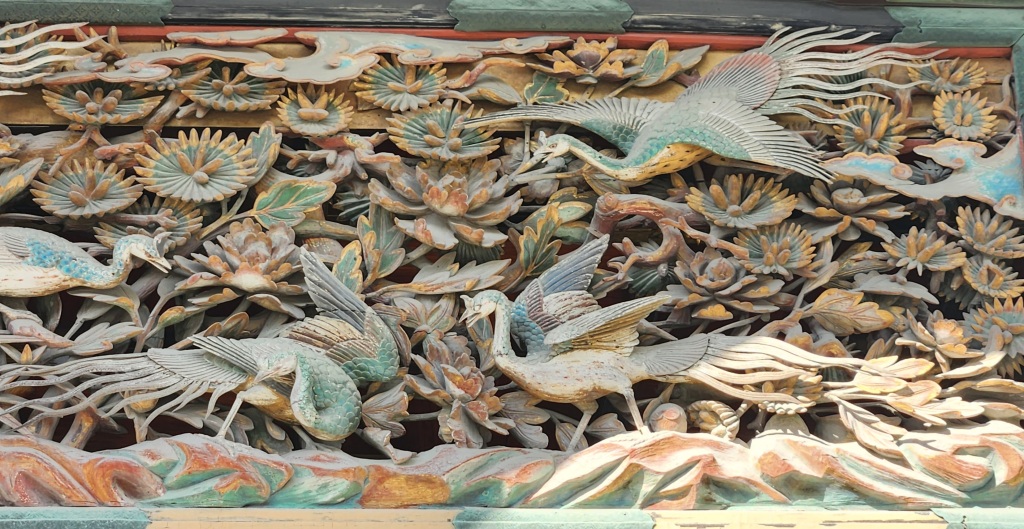

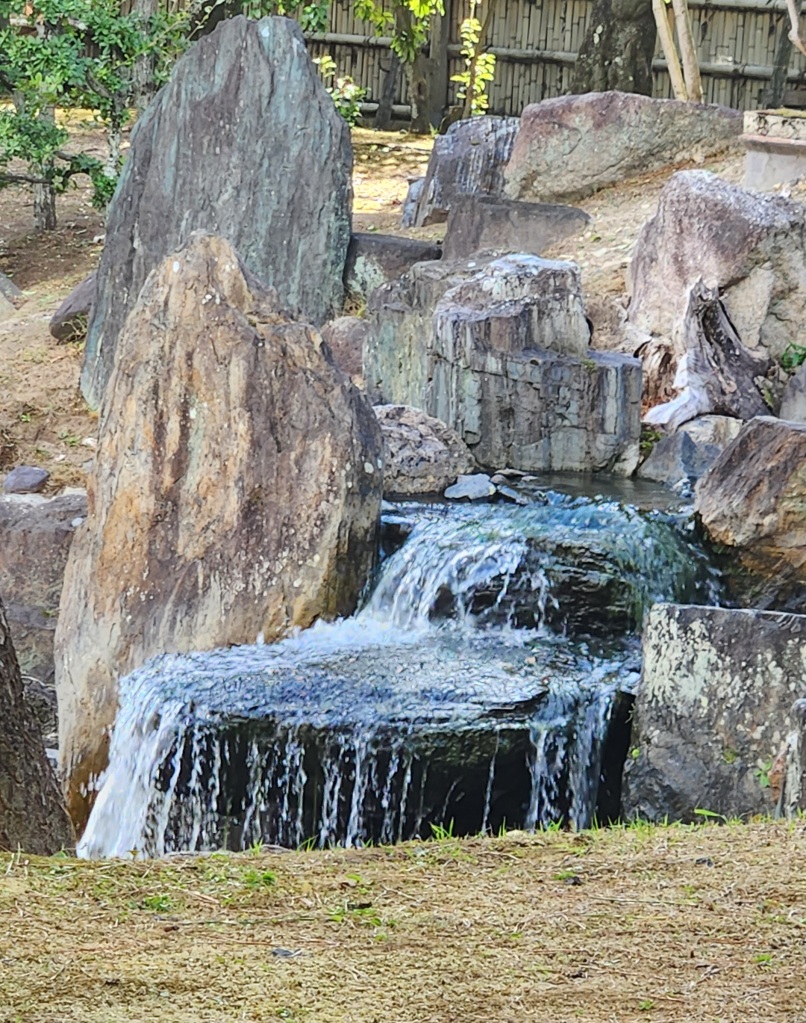
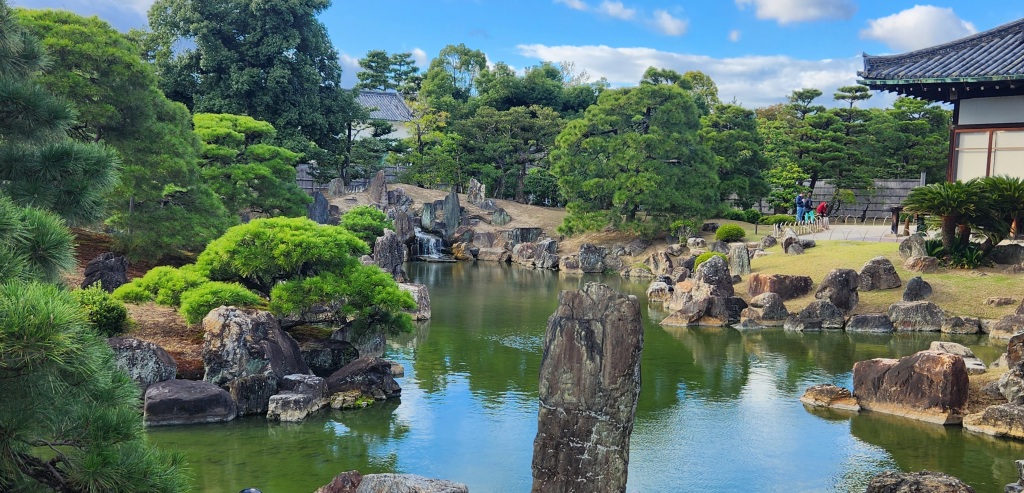
Geisha District–Gion
Gion is one out of five entertainment districts in Kyoto where you can walk past “okiya” houses where apprentice geishas ( Maiko) live with their mentors.Their wooden homes are called “Ochaya” and each girl has her own sign with her name at the door. The light is beautiful here at night and all was quiet as we wandered the narrow cobblestone streets lit by red lanterns.

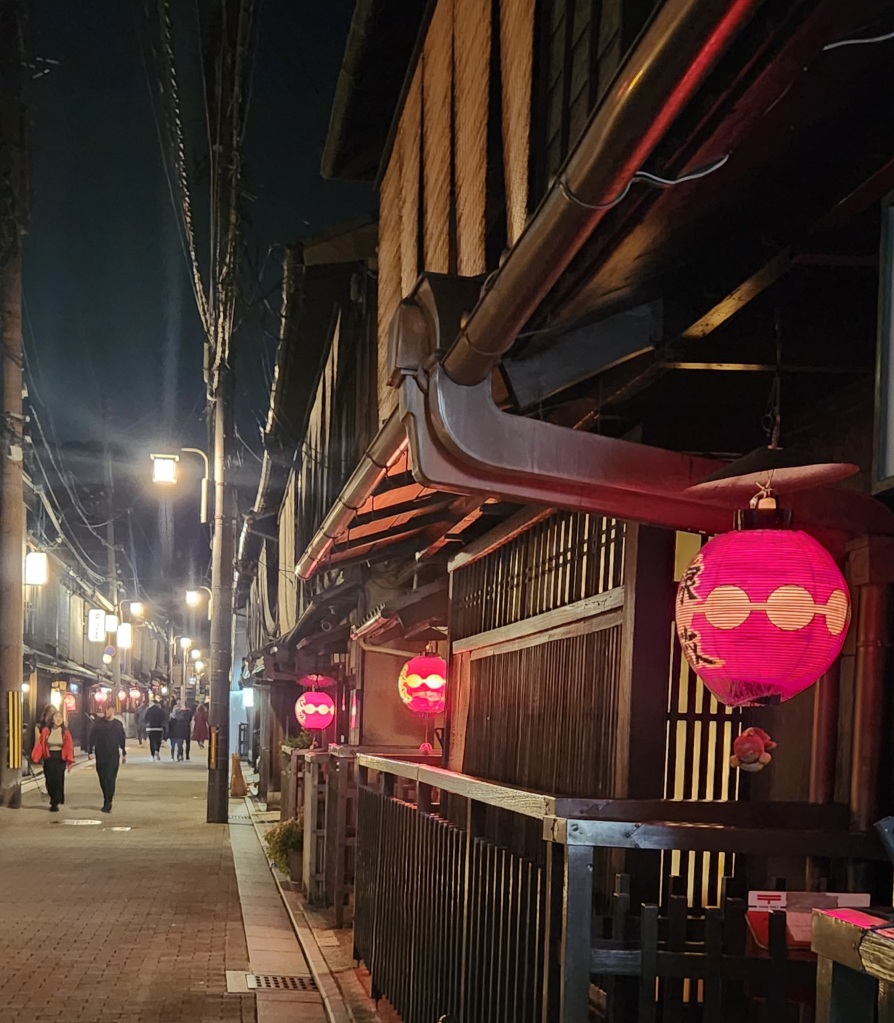
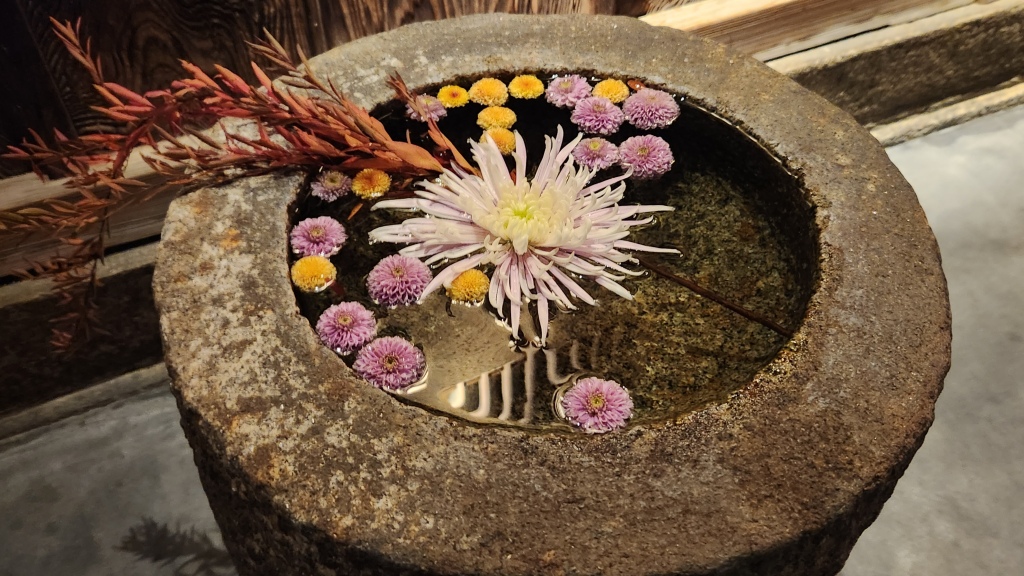
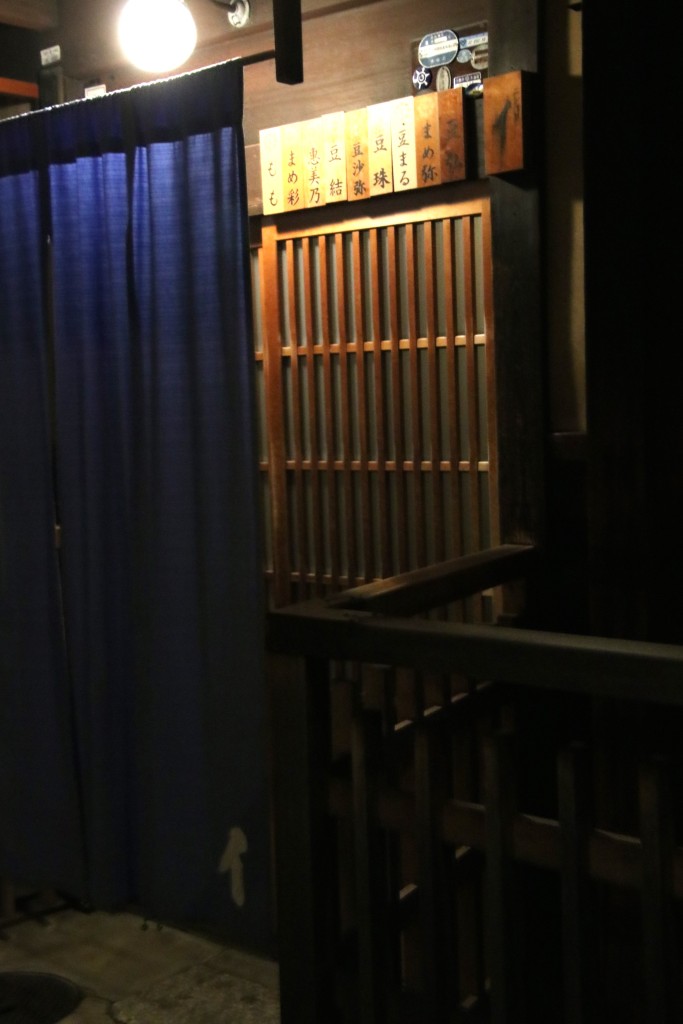
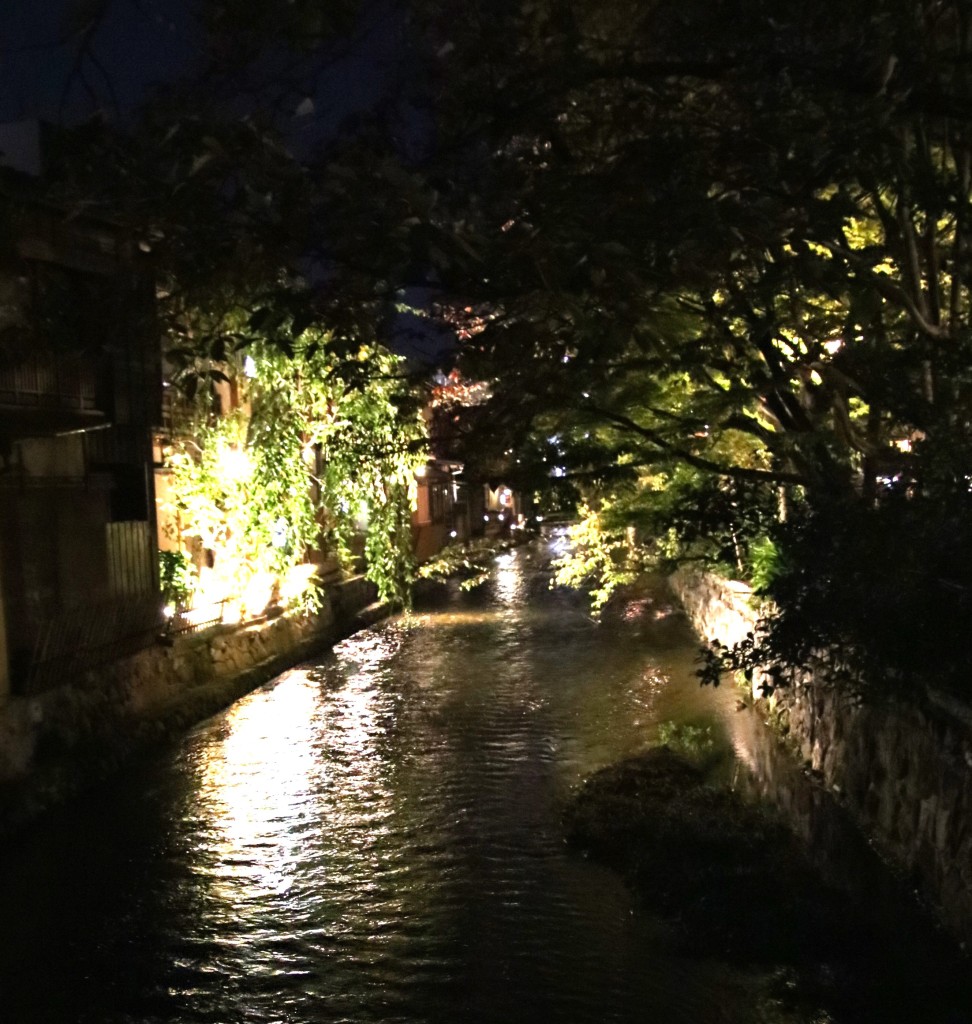

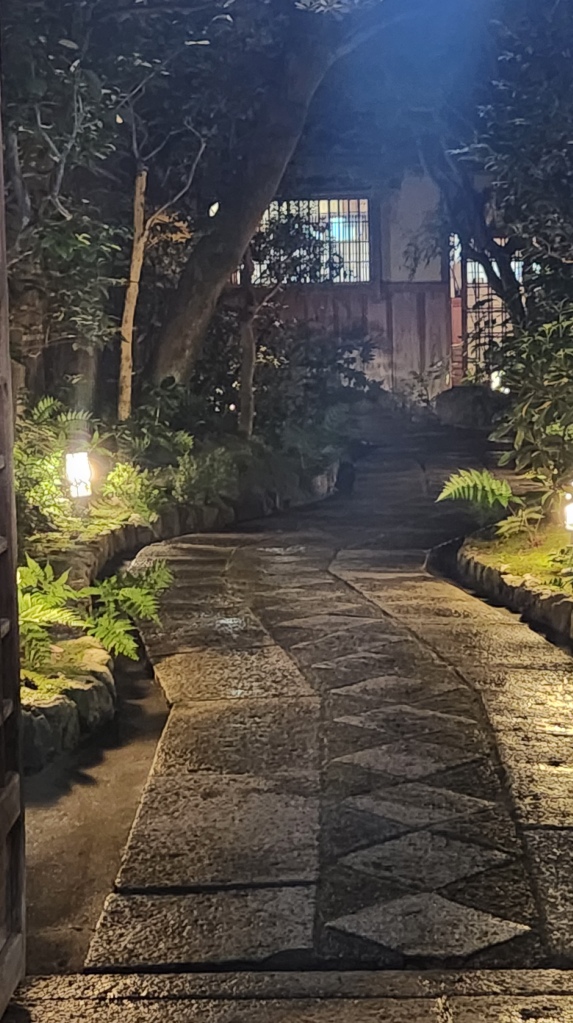

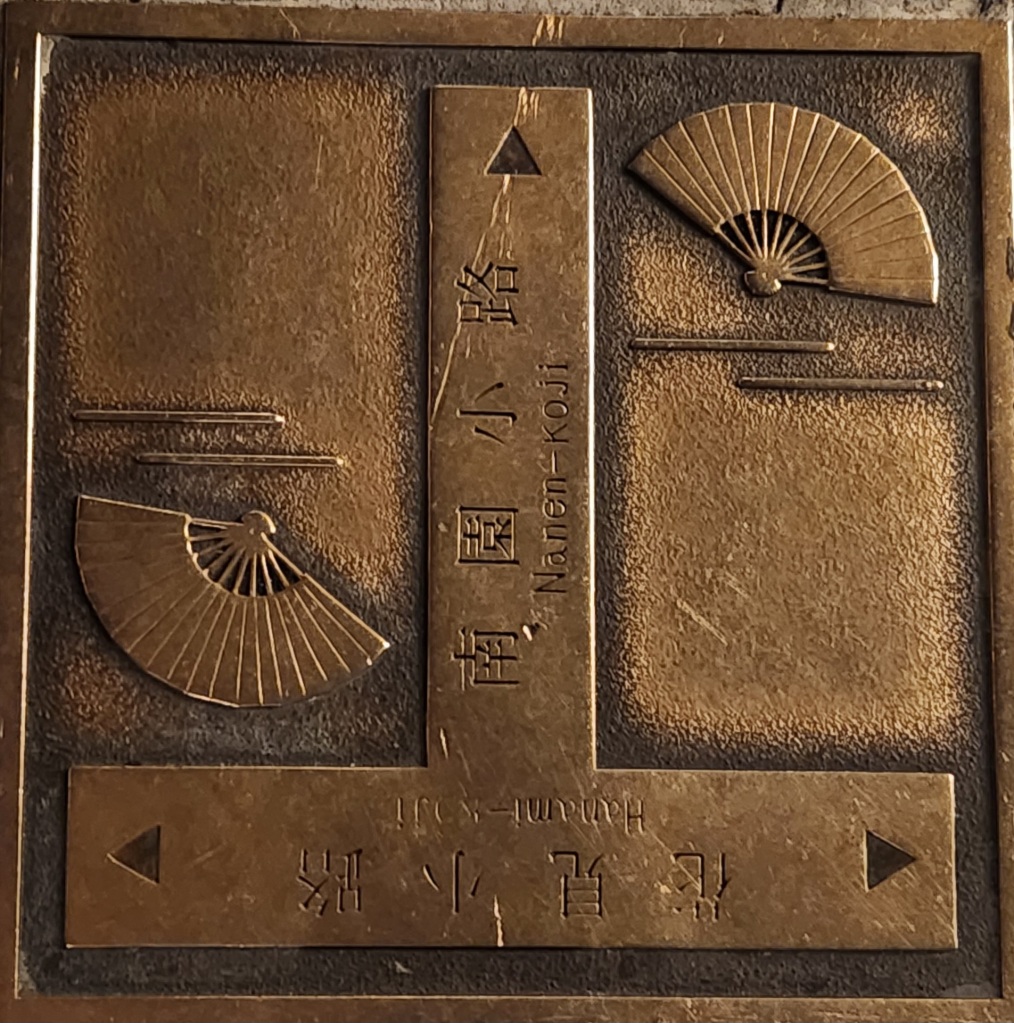

Fushimi Inari Shinto Shrine
This shrine dedicated to the goddess of rice and commerce and the god Inari was founded in 711 A.D. Think about how Europeans lived in that same timeframe to knock your socks off about this accomplishment. The many fox statues you see wandering the grounds are the god’s messengers. Many people pray here for safety, fullfillment of wishes and for prosperity. There are over 10,000 gates donated by benefactors and over 32,000 subgates called torii. Why are the gates this color red-orange? Vermillion is thought to protect against evil. This is a magical place with views of infinity. There’s a hike to the top of the mountain with smaller shrines but we didn’t have time (2 hours) to do it. There are two times to go for better photography–as the sun is rising or at night when the dimmly lit gates throw interesting shadows. I think this was my favorite shrine–I won’t bore you with the huge amount of pictures I took!

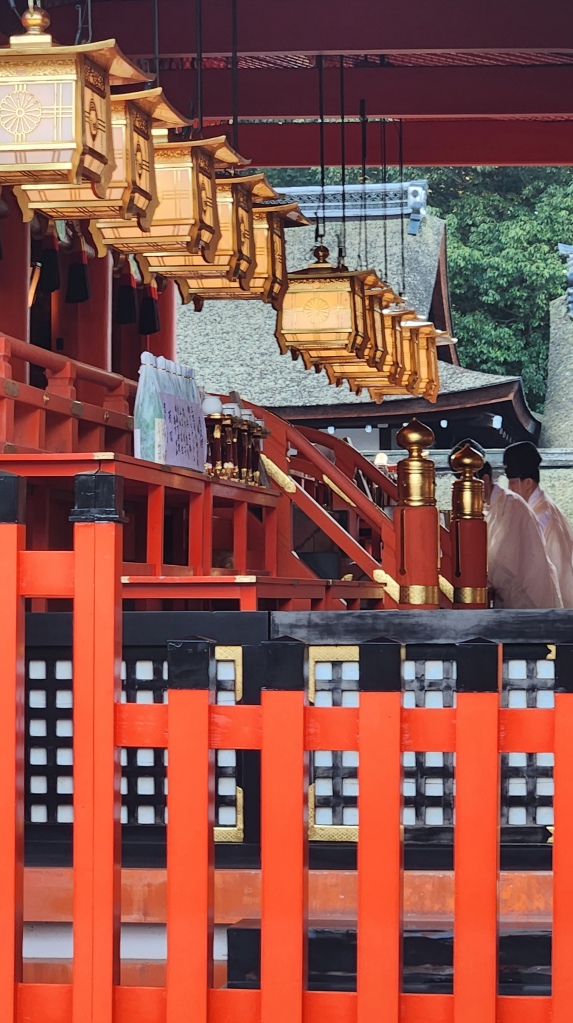
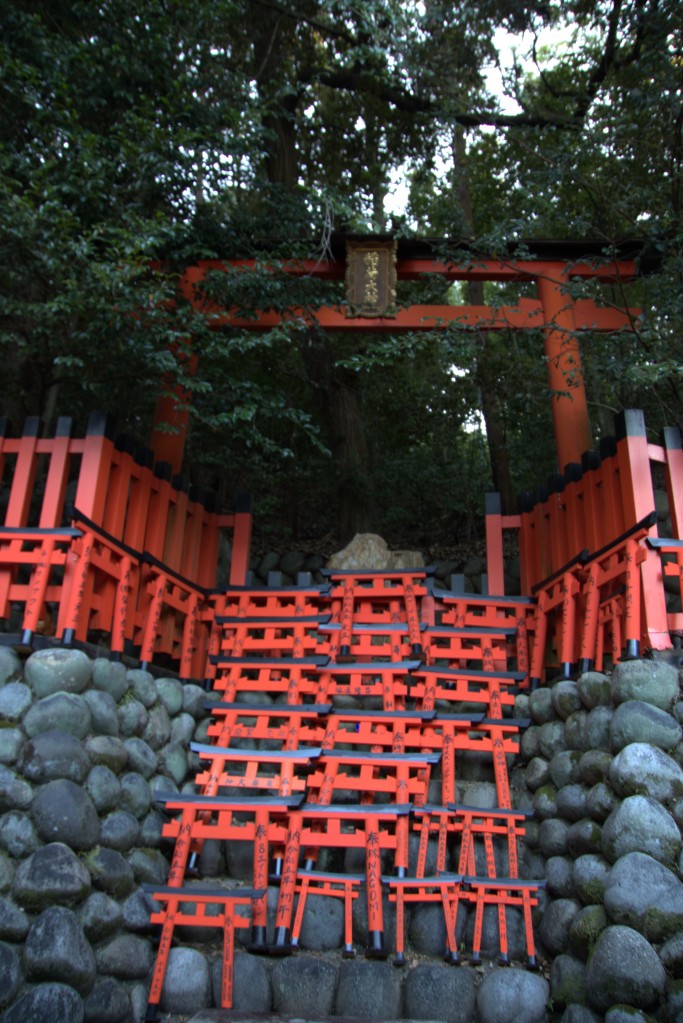
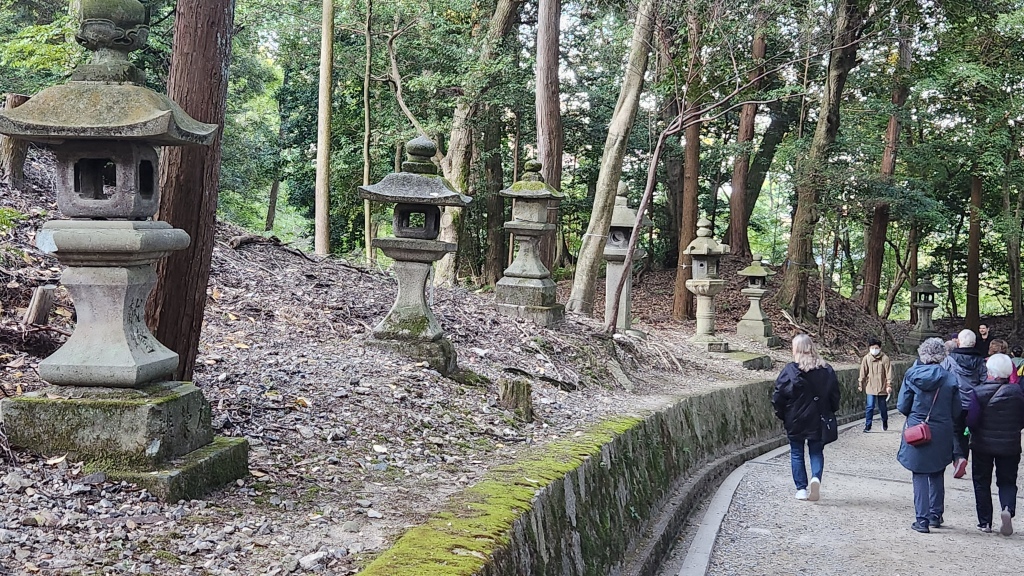
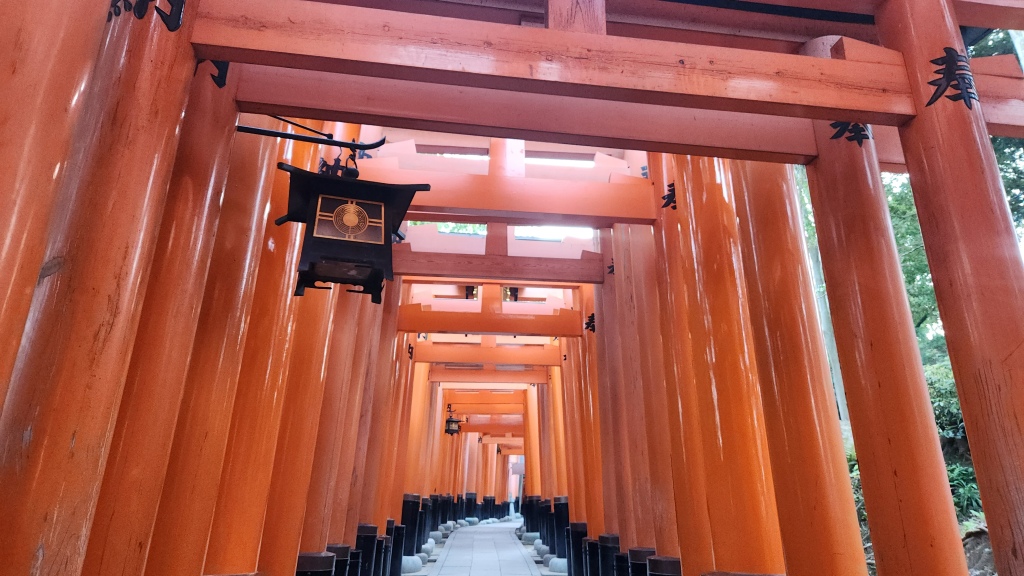






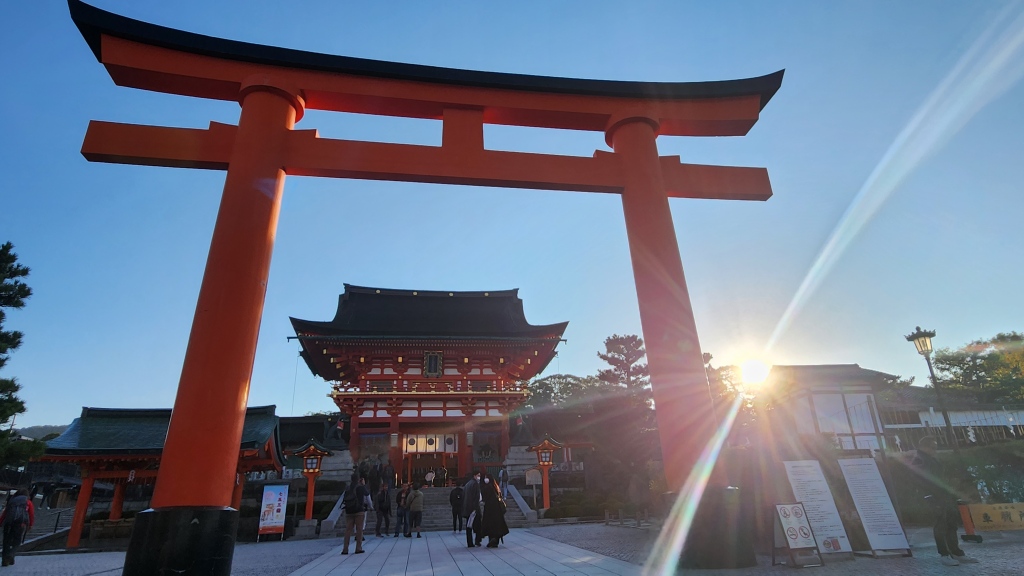

Nishiki Market
This was my favorite market in Japan because of the food market and the connected covered shopping arcades. At the east end there’s a small shrine. You can buy just about anything from food, jewelry, pottery, books, clothing, and so on. The market is over 400 years old and the older shops are identified by wood signs.
